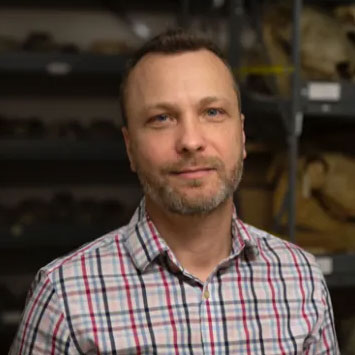
IGI Seminar Series: Natural selection in human genomes
Event Details
Add to Calendar
Location
https://berkeley.zoom.us/j/97778089436
Subscribe to our calendar to stay up to date on all our events.
Summary
Natural selection leaves a detectable footprint in DNA sequences that can be used to infer which part of a genome that has been involved in the adaptation of an organism to its environment. This principle provides opportunities for discovering variants of important functional effects. In this talk, I will give three examples of this principle applied to human genetics. The first example concerns physiological adaptation to the hypoxic environment of high-altitude at the Tibetan plateau. The second example investigates the adaptation of the indigenous people of Greenland, the Inuit, to life in the Arctic, including low temperatures and a diet based primarily on fish and marine mammals and rich in ω-3 polyunsaturated fatty acids (PUFAs). The third example concerns the Bajau people, and group of people known as sea-nomads who are specialized in diving and traditionally obtain almost all of their food by free-diving.
Speaker
